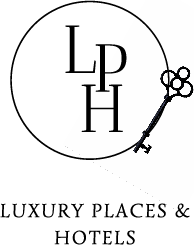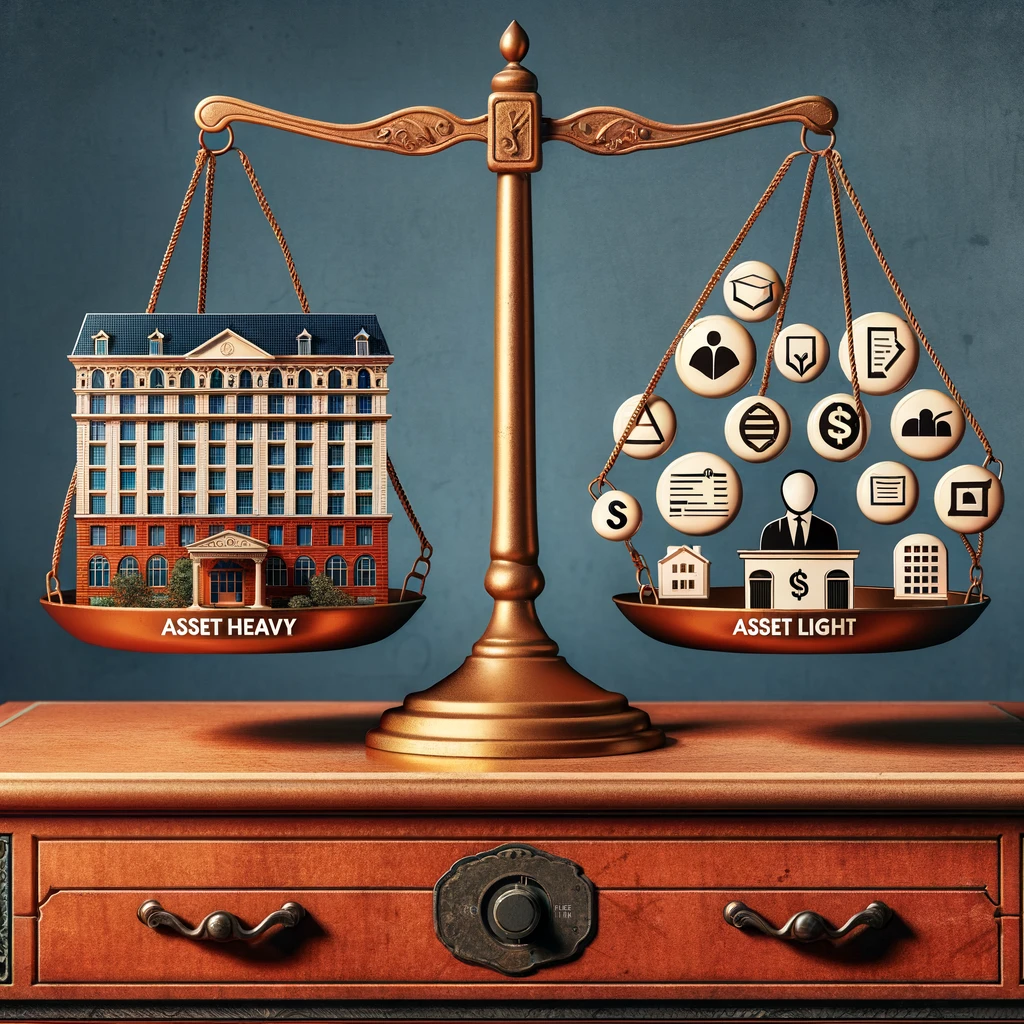Transformation, innovation, restructuring. The world of hospitality is constantly evolving. Focus on the asset-light trend, which is redefining the role of the hotel operator and the sector’s relationship with real estate.
In the wake of the 2008 subprime crisis, many companies are realizing the fragility of their physical assets. This is particularly true of hotel groups, which are rapidly looking for a way to secure their capital. This was the beginning of a phenomenon that would continue to grow: the “asset light model”. This corporate strategy of minimizing physical asset ownership in order to reduce costs and increase operational flexibility is becoming the preferred approach of market leaders. Larger entities such as Accor, Marriott and Hilton then decide to sell the “walls” of their hotels to investors in order to recuperate a maximum amount of cash, which is then reinvested in improving existing structures or used for new acquisitions.
Today, in the wake of the COVID crisis, these major groups continue to follow a similar path. In recent years, there has been an increase in the separation of real estate and management investments. More secure, stable and with better returns, this trend is growing. But if it’s so profitable, why hasn’t the concept been adopted by the entire hotel industry? One answer is brand image. For this type of model, the risk lies in the fact that the hotelier does not have a “back-up” property in case of failure. For a small entity, yet to make a name for itself, following such a system would be subject to the risk of the hotel not operating and not attracting enough customers to be profitable. In the case of large groups, the brand image is such that the customer base is pre-established. When a new structure like the Hyatt opens in a city, the name alone is enough to attract people. Guests are easily seduced, so the risk is lower.
Another argument put forward by the industry giants to justify this separation of physical goods and services is the need for hoteliers to get closer to their core business. Hospitality is a business in its own right, and running a hotel requires strong management skills, adaptability and responsiveness. As a result, many property managers wish to dissociate themselves from the real estate investment business in order to focus their assets on improving their service. In this way, they can focus revenues on maximizing the customer experience, and build loyalty by offering a unique, unforgettable experience. Investors, on the other hand, finance properties with a high propensity for long-term profitability. By teaming up with hoteliers, they secure tenants who are unlikely to leave. The challenge is to invest not only in a physical asset, but also in a concept they can trust. In fact, the value of their property will only increase if the hotel it hosts is also popular.

However, the “asset light model” should not necessarily be seen as a miracle solution. While it seems to offer many advantages to its fans, the model is nonetheless fragile. Many questions arise, particularly with regard to dependence on the owner. The manager is subject to possible rent variations and does not have full control over maintenance standards. Positioned in this way, the hotelier is vulnerable, subject to market fluctuations. With a partially limited freedom of action, isn’t there a risk that, in the long term, he’ll no longer be “master of the premises”? Then there’s the question of the specialization argument put forward by the major groups. Attachment to an establishment, to a physical structure, to the nooks and crannies and charms of its walls – isn’t this what makes a manager an exceptional guest? Isn’t it this deeper commitment that ensures a quality welcome for every guest?
In any case, while innovation is certainly one of the keys to success in the hotel industry more than anywhere else, the development of new strategies is also a means of survival in a highly competitive world. The “asset light model” seems set to become a growing trend in the years to come. We can therefore question its impact not only on the structural landscape of the hotel industry, but also on the positioning of independent operators, not forgetting its influence on the redefinition of the very identity of the hotel manager.




